Traditional Chinese Medicine (TCM) is composed by a broad set of therapies developed to balance imbalanced patterns in the body.
They are also ideal for maintaining health and preventing disease. We use one or more therapies at the same time to restore health or vital balance.
I usually combine two or three therapies to best address health problems. The vast majority of them are practical, choosing the most suitable in each specific case.
Traditional Chinese medicine is made up of four fundamental pillars to treat health and these are;
1- manual therapies, (massages, Tuina, Anmo, Digitopuncture, Reflexology, Osteopathy, and joint manipulation)
2- instrumental therapies, (Acupuncture, Auriculopuncture, Moxibustion, Cupping, etc) 3-nutritional therapy, this represents everything we ingest through the mouth including liquids. (Phytotherapy, and Chinese pharmacology).
4-energy therapies, Chi-kung Taichi and its forms of healing.
In Chinese medicine we work with sets of symptoms called syndromes, these syndromes can be for example;, energy deficiency (Qi, Chi) of the spleen pancreas, yin deficiency of the kidney, blood stagnation of the liver, etc. We choose all the traditional Chinese medicine therapies that are within our reach to rebalance the body.
To make it better understood I give you an example; In the case of anxiety, I usually treat him first with (acupressure) shiatsu, then acupuncture, I also advise suitable foods for that specific person (Phytotherapy) and I give him some Chinese medicine supplements to regulate his body according to its deficiency or excess. To all this we sometimes add Chi-kung or breathing exercises so that the patient can calm his anxiety when he is alone. (Normally there are always more symptoms apart from anxiety forming a pattern of imbalance. These symptoms can be insomnia, agitation, digestive problems, emotional instability, headache …) once we discover what its pattern or syndrome is, we regulate it with all these different techniques.
In short, we combine various TCM medical techniques to regulate the imbalance syndromes of each person and thus recover the natural state of health. Balancing Qi (vital energy) and blood and yin and yang in their patterns of deficiency and excess.
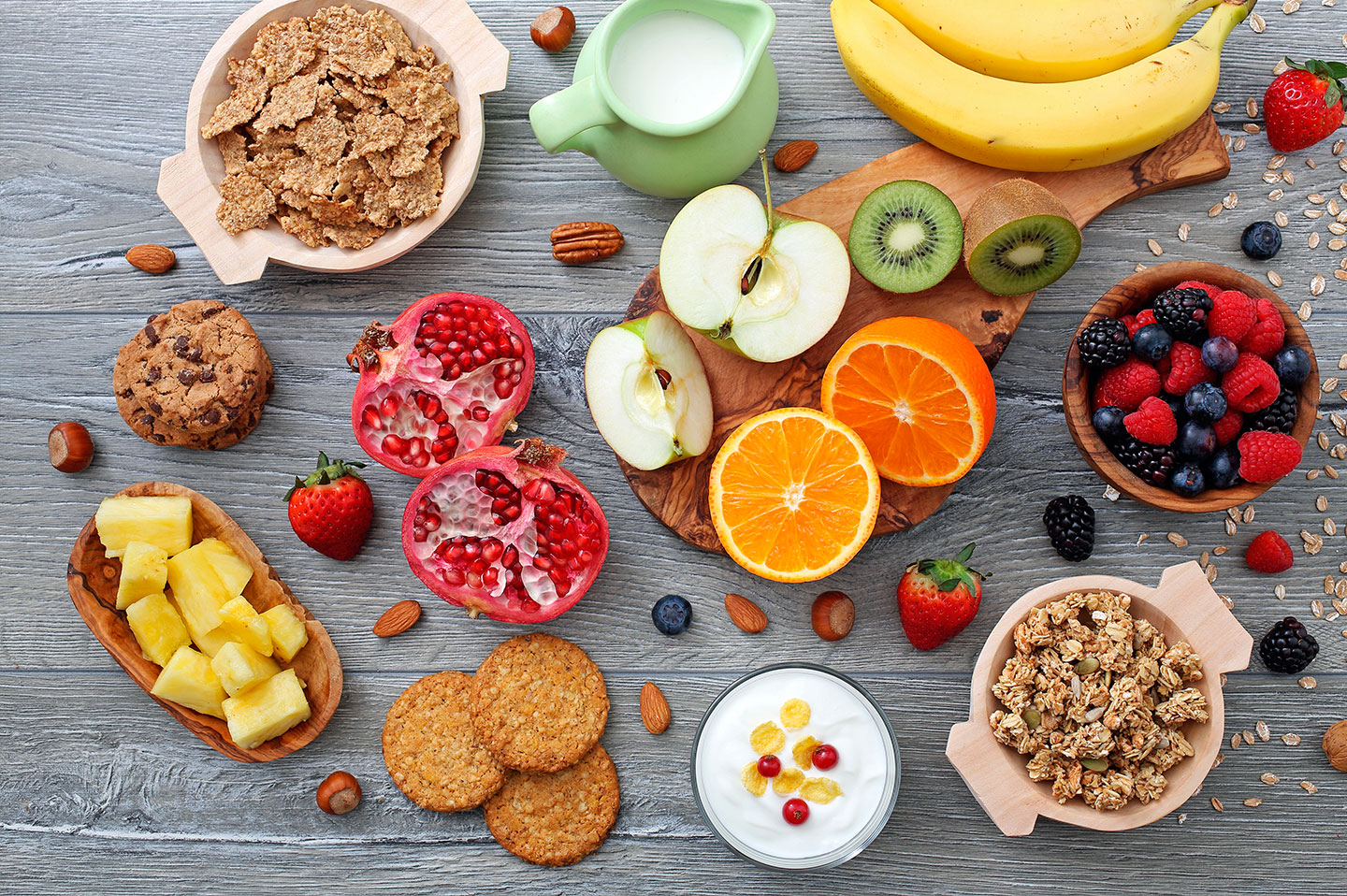
The overall well-being of the people, understood as physical, mental and social health, is what the World Health Organization (WHO) defines as Integral Health.
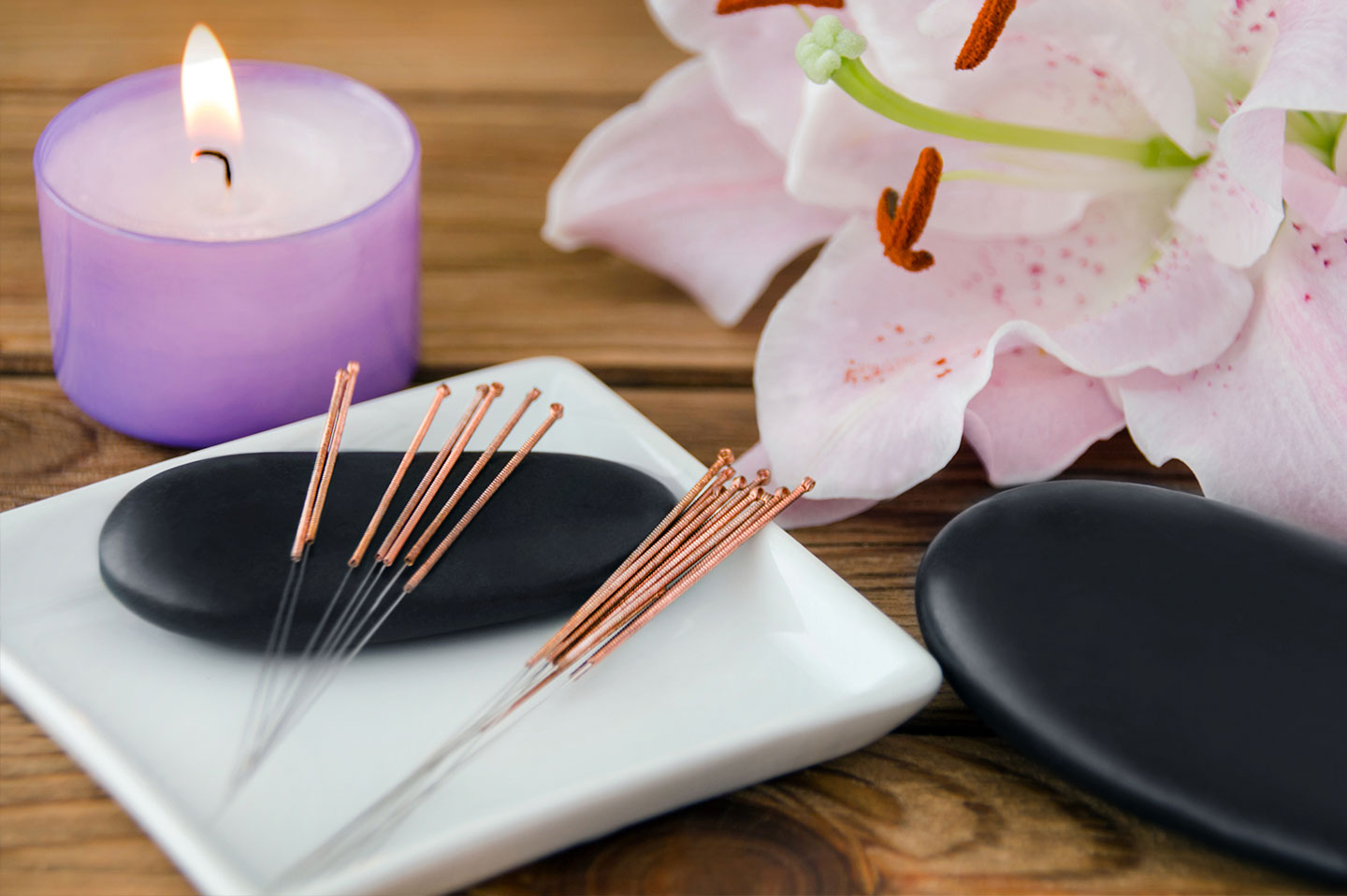
In China, numerous studies and case reports were developed to support the use of these disciplines in the treatment of many diseases.

Shiatsu, Traditional Oriental Therapy, is a massage which uses localized pressure applied by the therapist through his fingers, palms and elbows on the patient.
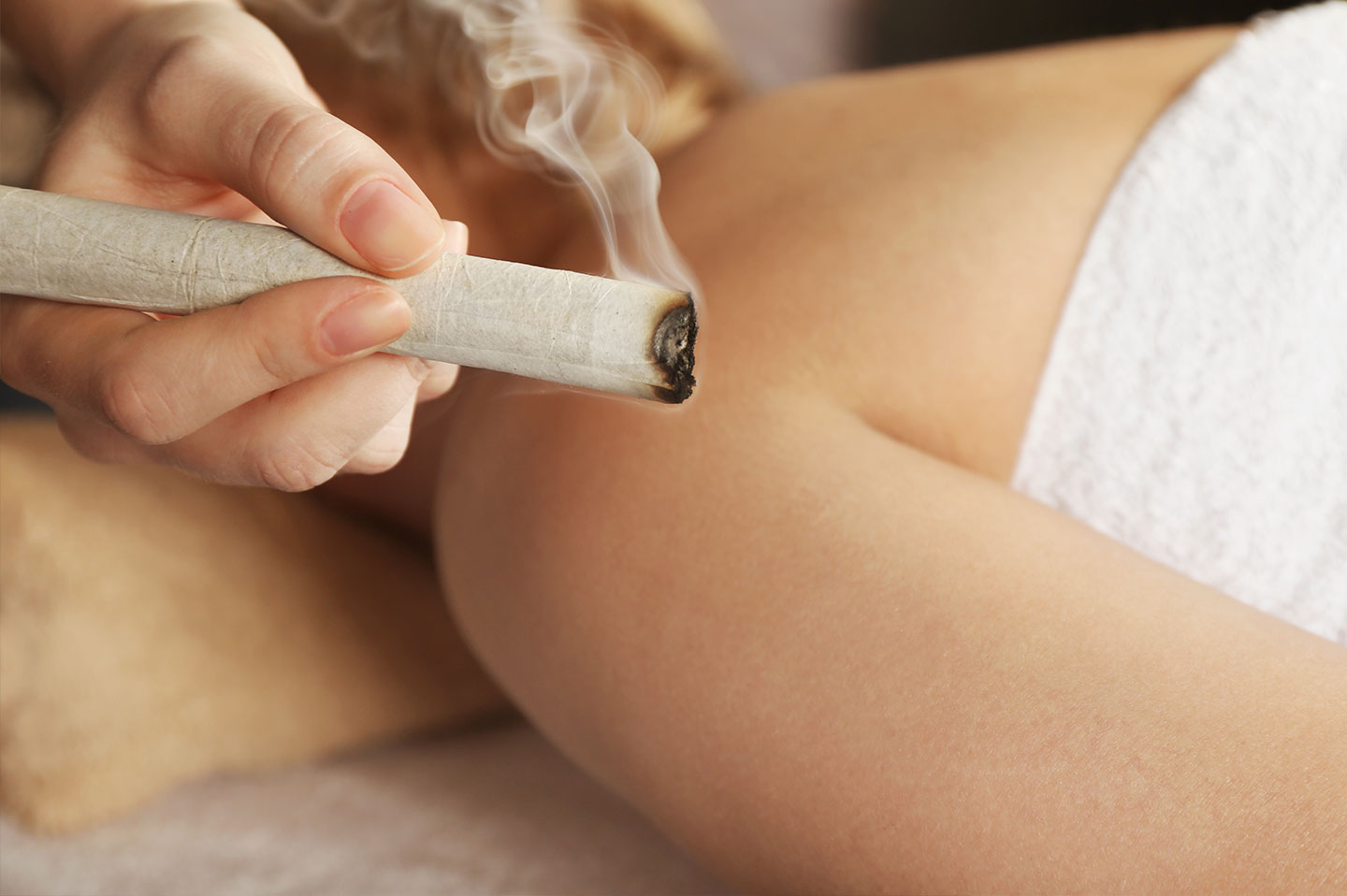
Moxibustion is a traditional Chinese medicine technique that uses pure Artemis herb or cones of it, to tonify and stimulate acupuncture points through its heat. In this way, body energy is regulated without the use of needles, making it more pleasant and comforting.
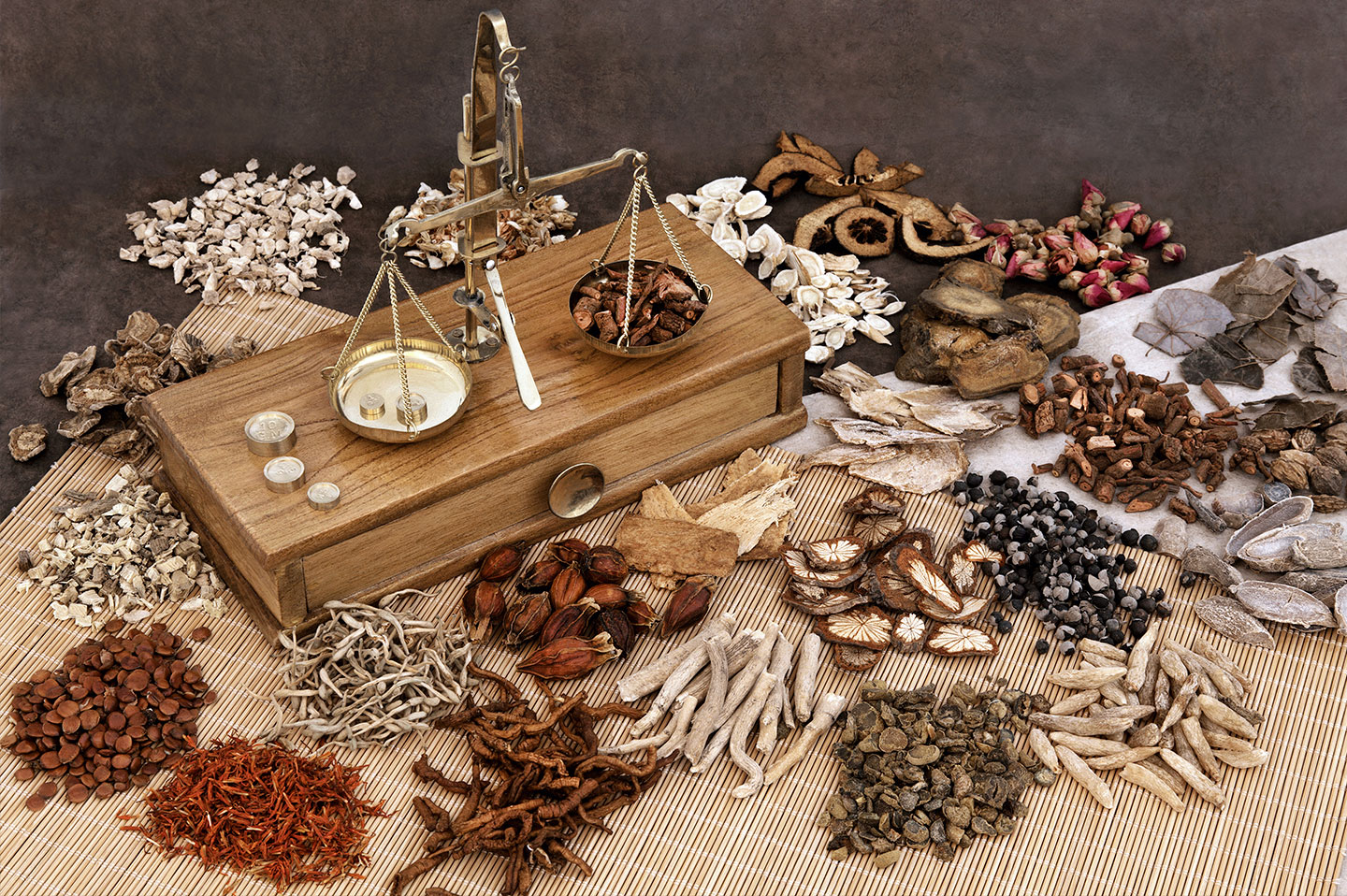
This form of therapy is one of the main ones in traditional Chinese medicine. We use natural vegetables and plants to nourish and regulate the body through knowledge of the temperature and Chi of food and plants and their influence on each specific organ.
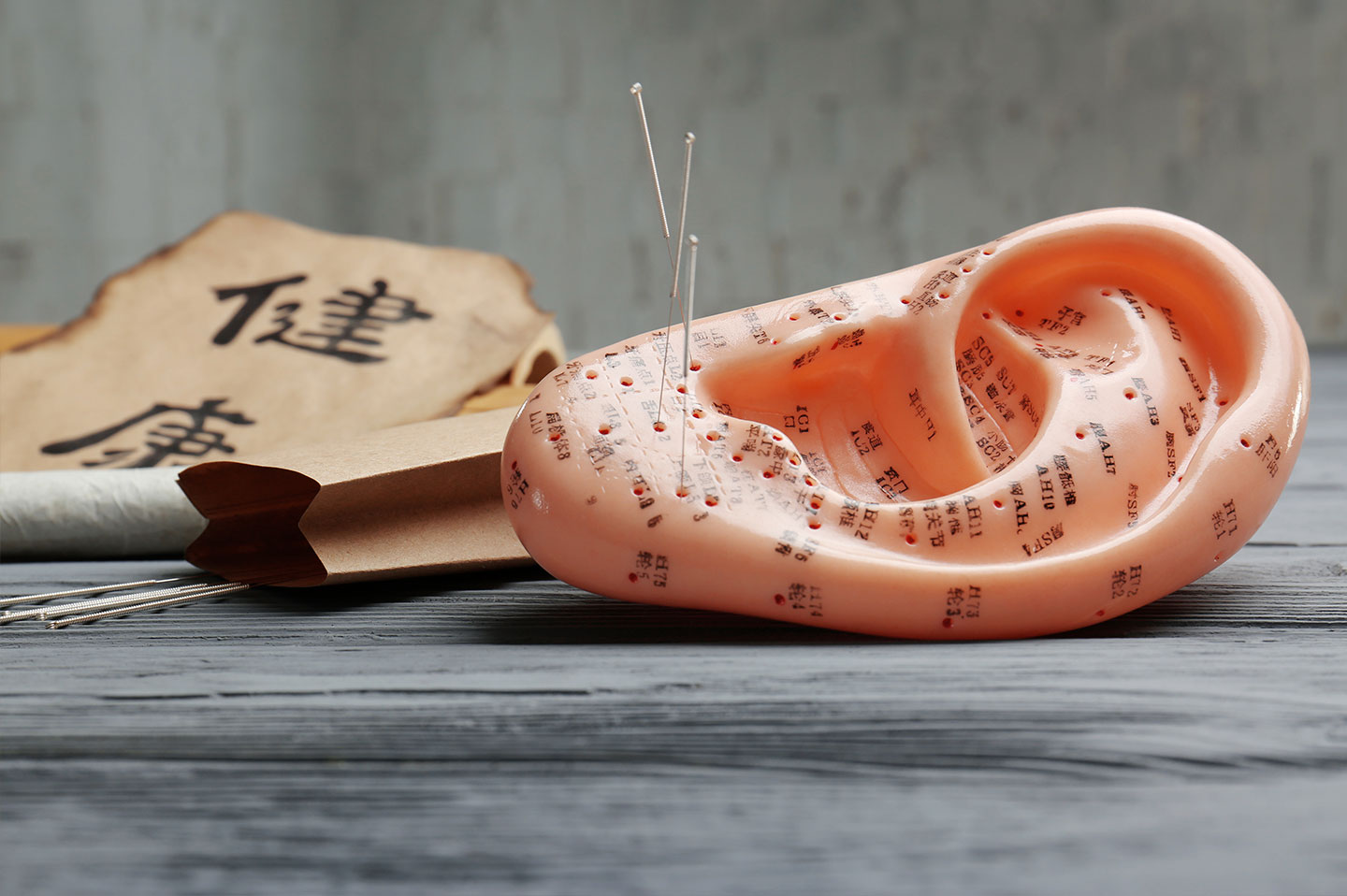
It is another technique of traditional Chinese medicine, based on reflexology. As in foot reflexology, many reflex points throughout the body are also found on the ear.
The QIGONG or CHI KUNG, is the root of Chinese Medicine, it is not a belief or a theory, it is a practice based on the experience collected by Chinese teachers for more than 2000 years.
The methodology can vary according to the school but all are based on a simple set of movements synchronized with the breath, to achieve a state of relaxation, physical, emotional and mental.